SEAL Team 6 parachute skills distinct among special ops units
- By Business Insider
Share This Article
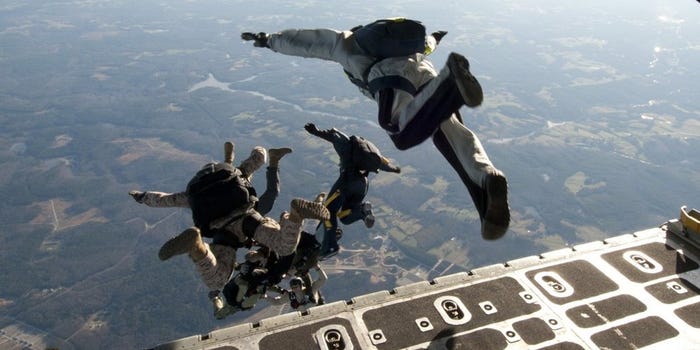
This article by Stavros Atlamazoglou was originally published by Business Insider.
Early on October 31, commandos from SEAL Team 6 rescued an American hostage who had been abducted in northern Nigeria.
The SEAL operators conducted a free-fall parachute jump close to the target and then silently approached where the kidnappers were holding Philipe Nathan Walton. All but one of the kidnappers were killed in the ensuing firefight, and Walton was freed.
Despite the huge logistical difficulties behind the operation, it was just another day at the office for the SEALs.
The cream of the SEAL crop
RELATED: THE ARMY WANTS A NEW SPECIAL OPERATIONS PARACHUTE FOR HIGHER JUMPS
Composed of four assault squadrons (Red, Blue, Gold, Silver), SEAL Team 6 is the Tier 1 unit of Naval Special Warfare and part of the secretive Joint Special Operations Command (JSOC). It specializes in counterterrorism, hostage rescue, counterproliferation, direct action, special reconnaissance, advance force operations, and maritime special operations.
Unlike its Army counterpart, Delta Force, SEAL Team 6 recruits solely from within Naval Special Warfare. That means only SEALs and Special Warfare Combatant-craft Crewmen can become assaulters.
Prospective assaulters first have to go through a review board before starting the selection process. The selection process, known as Green Team, places extreme emphasis on close-quarters battle and free-fall parachuting. Even though it starts with top-notch candidates, Green Team’s attrition rate is still significant, ranging from 40 to 50%.
Like Delta Force, SEAL Team 6 has augmentees who haven’t passed Green Team, as well as support personnel and enablers attached to the unit. They include cryptologic technicians, Explosive Ordnance Disposal technicians, and military-working-dog handlers.
Masters of military free fall
RELATED: THE SPECIAL OPERATIONS THAT PAVED THE WAY FOR D-DAY
SEAL Team 6 is renowned in special-operations circles for its military free-fall capabilities. Standard military parachuting, better known as static line, requires little skill — just jump out of the aircraft door, and the parachute should deploy.
Military free-fall parachuting, however, is a different beast. It’s divided into two categories — high-altitude high opening (HAHO) and high-altitude low opening (HALO) — and requires lots of training and practice to master.
In a HAHO jump, commandos deploy their parachutes soon after exiting the aircraft at 25,000 to 30,000 feet and glide 20 to 40 miles to their target. This is a great option to hide the presence of the aircraft, since it doesn’t have to fly too close to the target. It’s also a good option for cross-border operations.
A trooper will deploy the parachute at different altitudes depending on the jump. In a HALO jump, the commandos jump from the aircraft at altitude similar to or lower than HAHO jumps, free fall, and then deploy their parachutes close to the ground, ensuring a stealthy and orderly insertion.
Nowadays, most US special-operations troops go through free-fall training, but SEAL Team 6 has taken the skill set to another level.
During the hunt for Osama bin Laden, SEAL Team 6 always had an assault troop (about 20 operators) on standby to conduct a HAHO jump into Pakistan to kill or capture the al-Qaida leader. The plan was for the assaulters to jump from Afghan airspace and glide to the target in neighboring Pakistan.
In the end, it took a standard helicopter assault to kill bin Laden, but SEAL Team 6 operators used their HAHO capabilities in Afghanistan on other occasions.
In 2005, the designated HAHO troop for the bin Laden mission (at the time it was a Red Squadron troop) jumped in Afghanistan and captured several midlevel al-Qaida militants.
A few months later, the designated HAHO troop (from Blue Squadron this time) jumped in to rescue David Addison, a British security contractor abducted by the Taliban. But they were too late, as the Taliban had already killed the hostage.
When it comes to counterterrorism and hostage-rescue operations, Delta Force and SEAL Team 6 are almost equal — the SEALs have an edge when it comes to maritime operations — and both have taken close-quarters combat to the next level.
Best of the best, but not infallible
Early in the war on terror, the Joint Special Operations Command divided the workload between its two direct-action Special Mission Units to ensure sustainability and effectiveness, assigning each an area of operations. Delta Force got Iraq, and SEAL Team 6 got Afghanistan.
This meant that Delta Force had the lead in the JSOC operations against the Iraqi insurgency, while SEAL Team 6 focused on the Taliban and al-Qaida. That is why SEAL Team 6 got the bin Laden mission and Delta Force the Abu Bakr al-Baghdadi operation.
At any given time, a SEAL Team 6 squadron is on standby for a counterterrorism or hostage-rescue operation anywhere in the world.
In 2009, they rescued Captain Richard Phillips from his hijacked tanker, and in 2012 they rescued Jessica Buchanan from Somali pirates.
But SEAL Team 6 is not without its failures: In 2010, the unit attempted to rescue Linda Norgrove, a British aid worker captured by Taliban fighters, but a SEAL accidentally killed Norgrove with a grenade during the assault.
More articles from Business Insider:
- Navy SEALs are ‘rusty’ from scandals and post-9/11 wars as US prepares for more powerful foes, insiders warn
- The Russian military has been practicing taking out an enemy carrier strike group in the Pacific
- US leaders say China and Russia’s military ties are ‘phony,’ but there still isn’t much they can do about them
- Russia says it fired warning shots and dropped bombs to drive away a UK destroyer in the Black Sea, but the UK is denying it
- Anticipation is mounting as a Pentagon report on UFOs could drop any day
Read more from Sandboxx News:
- Army tests new reserve parachute
- This Video Will Make You Want to Become a Navy SEAL
- Delta Force’s Jump Hater’s Club: Not all operators like skydiving
- The Army wants a new special operations parachute for higher jumps
Feature image: U.S. Navy
Related Posts
Sandboxx News Merch
-

‘AirPower’ Classic Hoodie
$46.00 – $48.00 Select options This product has multiple variants. The options may be chosen on the product page -

‘Sandboxx News’ Trucker Cap
$27.00 Select options This product has multiple variants. The options may be chosen on the product page -

F-35 ‘Lightning’ Framed Poster
$45.00 – $111.00 Select options This product has multiple variants. The options may be chosen on the product page
Business Insider
Related to: Military Affairs, Special Operations
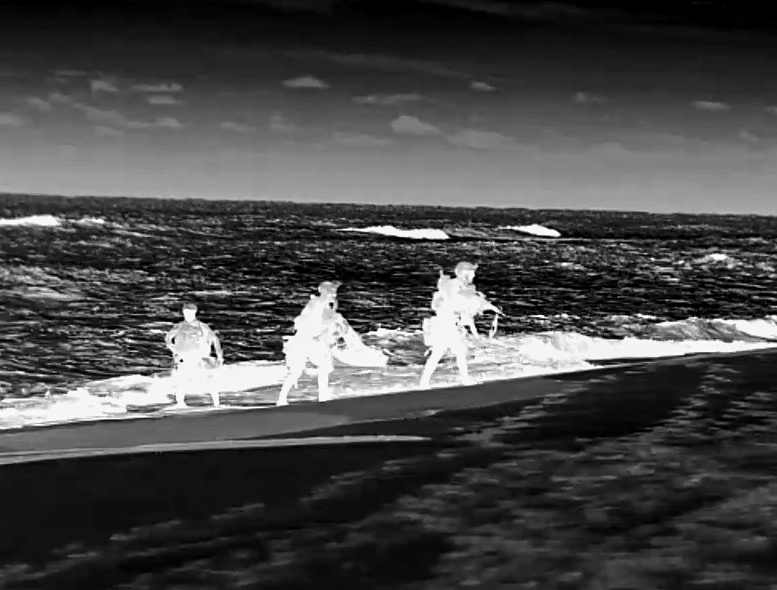
This is how Navy SEALs conduct “over-the-beach” operations
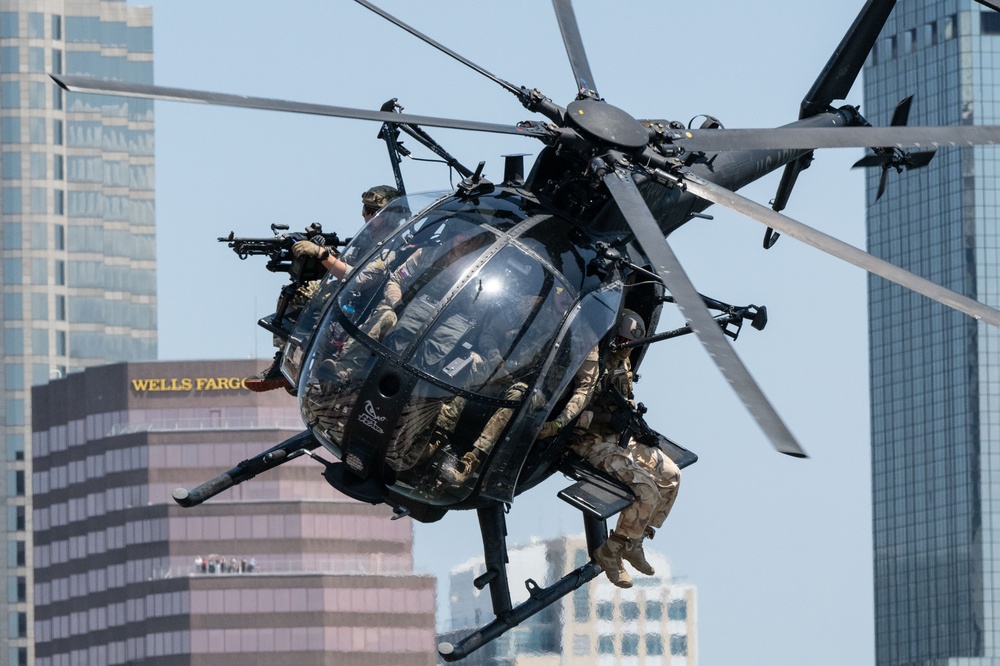
A Delta man’s failure to follow instructions was more than it seemed
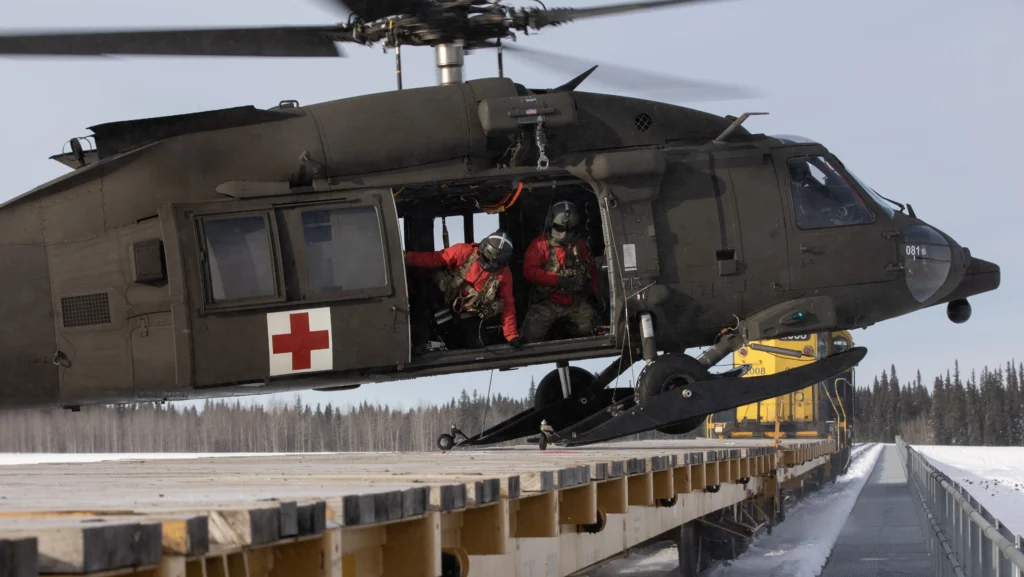
Soldiers in Alaska landed their Black Hawk on a train in a special ops exercise
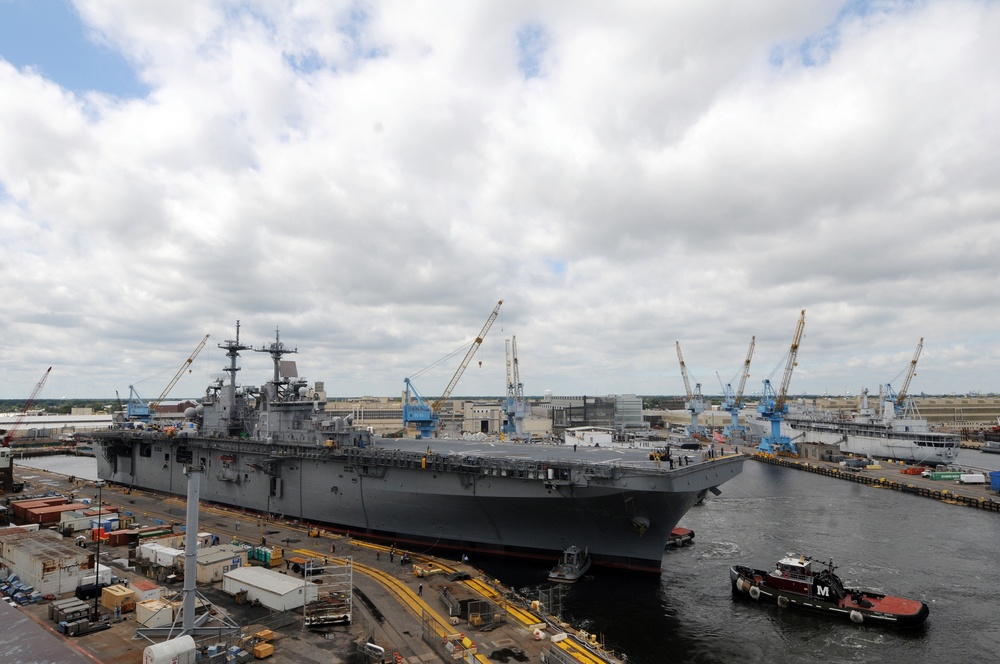
Fixing the US Navy’s shipbuilding problems starts with the workers, agency analysts say
Sandboxx News
-

‘Sandboxx News’ Trucker Cap
$27.00 Select options This product has multiple variants. The options may be chosen on the product page -

‘AirPower’ Classic Hoodie
$46.00 – $48.00 Select options This product has multiple variants. The options may be chosen on the product page -

‘AirPower’ Golf Rope Hat
$31.00 Select options This product has multiple variants. The options may be chosen on the product page -

‘Sandboxx News’ Dad Hat
$27.00 Select options This product has multiple variants. The options may be chosen on the product page
